 Shutterstock
Shutterstock
Dogs are incredible at communicating without saying a word. They use body language, subtle movements, and different behaviors to express their emotions, needs, and desires. Although they can’t speak human language, dogs have a sophisticated way of communicating their needs to us. By learning to recognize these signals, we can strengthen the bond with our dogs and better understand their daily needs. This silent communication helps us connect with them on a deeper level, ensuring we meet their emotional and physical well-being.
Tail Wagging
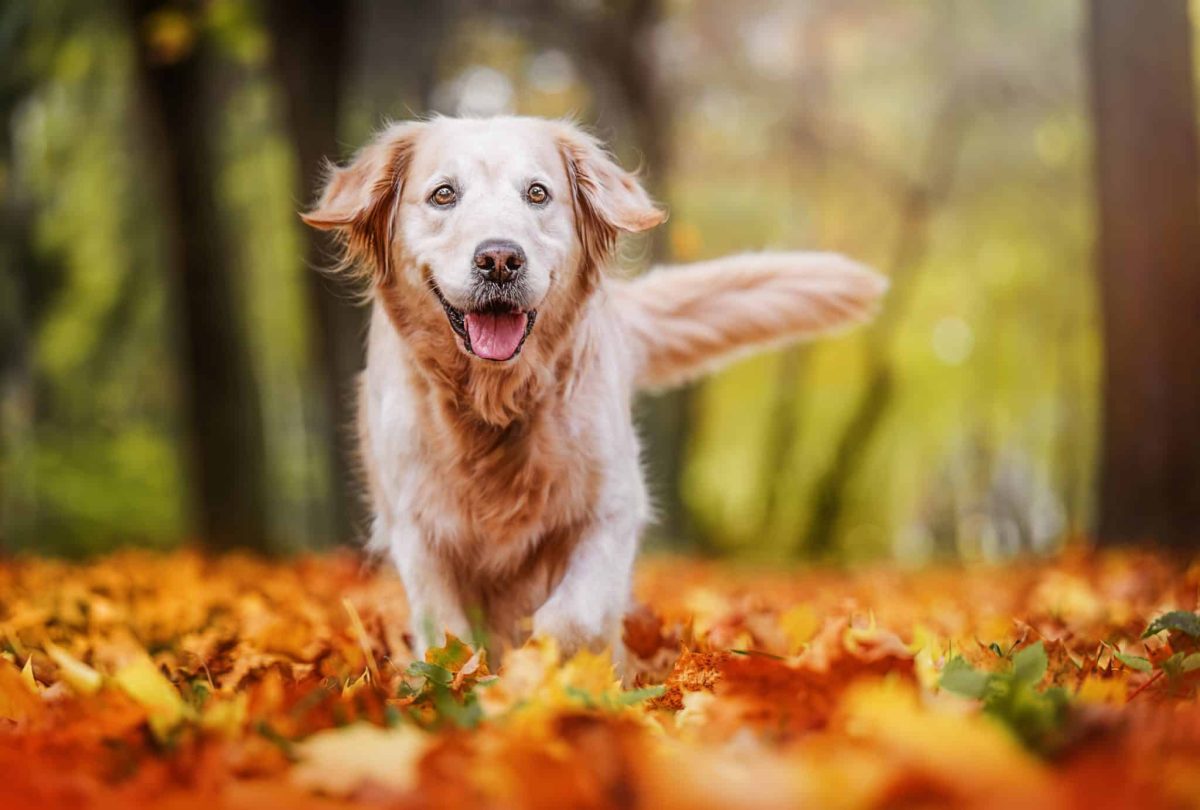 Shutterstock
Shutterstock
A wagging tail is one of the most well-known ways dogs communicate. However, not all tail wags are created equal. A fast wag typically signals excitement or happiness, while a slow wag may indicate uncertainty or hesitation. Additionally, a low wag can indicate submission, while a tail held stiffly upright may suggest alertness or even aggression, depending on the context. By observing your dog’s tail position and speed, you can gauge their emotions and better understand their feelings in a particular situation.
Head Tilting
 Shutterstock
Shutterstock
One of the cutest forms of canine communication is the head tilt. Dogs often tilt their heads when trying to understand something or focus on a particular sound, such as a new noise or your voice. This action allows them to listen more closely and assess the situation. While the head tilt can be an expression of curiosity, it also indicates that your dog is actively engaging with its environment, trying to make sense of it in its way.
 Shutterstock
Shutterstock
Dogs use eye contact as a means of communicating their feelings and intentions. Soft, gentle eye contact typically signals affection, trust, and relaxation, especially when accompanied by a wagging tail. However, if a dog stares at you without blinking, it might be a sign of dominance or an attempt to assert control. In contrast, a dog that avoids eye contact or looks away may be feeling anxious, submissive, or uncertain about the situation, allowing you to adjust your behavior to make them feel more at ease.
The Play Bow
 MidJourney
MidJourney
When dogs perform the play bow, they signal their intent to play in a friendly, non-threatening way. This behavior involves dropping their front legs to the ground while keeping their rear end up in the air. It is commonly seen in puppies or young dogs, but can be displayed by any dog who wants to engage in a fun activity. The play bow is universal in dog communication, ensuring that other dogs or animals understand the situation is playful rather than aggressive, making it a great way to avoid misunderstandings.
Nudging
 MidJourney
MidJourney
If your dog nudges you with their nose or paw, it’s often a sign that they want your attention. This behavior can range from gentle nudging when your dog wants to play to more persistent nudging when they need something, such as a bathroom break or a treat. Dogs that nudge their owners are looking for connection, whether it’s for affection, reassurance, or to communicate that they need something from you. It’s one of the most straightforward ways dogs show their affection and needs.
Cuddling
 Shutterstock
Shutterstock
Dogs are affectionate animals, and one of the ways they communicate this is through physical closeness. Cuddling with you or seeking out your lap for comfort is a sign of trust and a desire for affection. When dogs snuggle up, it means they feel secure with you and want to form a deeper bond. This behavior is particularly evident when dogs feel anxious, scared, or unwell, as they seek comfort and reassurance from their trusted human companions to feel secure.
Whining
 Shutterstock
Shutterstock
Dogs often whine when they are trying to communicate their discomfort, hunger, or need for attention. Whining can happen when they are left alone, have a desire to go outside, or are feeling unwell. It’s a vocalization that expresses a need, often accompanied by other signs of distress or agitation. Paying attention to the frequency and tone of whining can help you understand whether your dog is in pain, feeling anxious, or simply seeking extra affection.
The Stare
 Shutterstock
Shutterstock
A dog’s stare can carry a variety of messages, depending on the context. If a dog looks at you intently, they may be asserting dominance or trying to get your attention. A calm, lingering stare usually signifies affection or contentment, especially if accompanied by a wagging tail. Conversely, an intense stare without blinking could be a challenge or a sign of aggression. By observing their body language and understanding when and why they are staring, you can more accurately interpret what your dog is trying to communicate.
Paw Lifting
 Shutterstock
Shutterstock
Dogs are quick to use their paws as a means of communication. Lifting a paw often signals hesitation, curiosity, or a desire for interaction. Your dog may lift their paw when they’re uncertain about something or when they want to get your attention, particularly when they need something, such as to go outside or receive some affection. This gesture, coupled with other body language, is a subtle way your dog lets you know they want something or need reassurance.
Sniffing
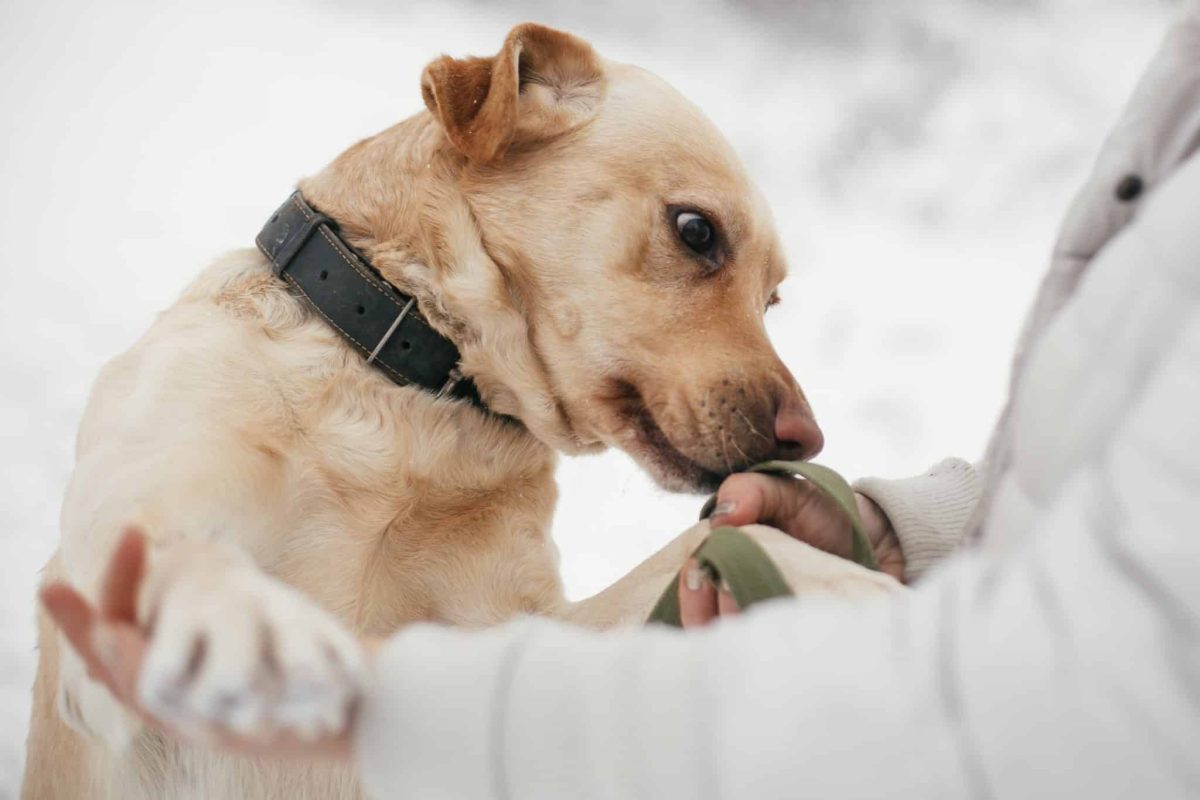 Shutterstock
Shutterstock
Dogs use their sense of smell to navigate and understand the world around them. Sniffing is a natural and essential behavior for dogs, allowing them to gather information about people, places, and other animals. When dogs sniff each other, they are communicating and gathering important information about their environment. This behavior is an instinctive part of how dogs interact with the world and is a form of silent communication that’s key to how they process their surroundings.
Licking
 Shutterstock
Shutterstock
Licking is one of the most common ways dogs express affection, submission, or need for attention. When dogs lick their human companions, it can be a sign of love, respect, or a simple greeting. They may lick your face, hands, or feet to show you that they care or to ask for attention. Licking is also a way dogs soothe themselves in stressful situations, offering comfort and reassurance. Whether it’s playful or comforting, licking serves as an essential non-verbal gesture of communication.
The Woof That Never Happened
 Shutterstock
Shutterstock
Dogs speak volumes without ever barking. Their non-verbal cues are essential for understanding their needs and desires. By learning to read these signals, you’ll become a better communicator and companion. After all, that wagging tail or those big, expressive eyes might be saying more than words ever could! Pay close attention to these subtle signs—soon enough, you’ll be fluent in “dog” and able to decode their every silent message. Understanding your dog’s body language will deepen your connection and ensure they feel heard, loved, and understood.

 1 month ago
17
1 month ago
17
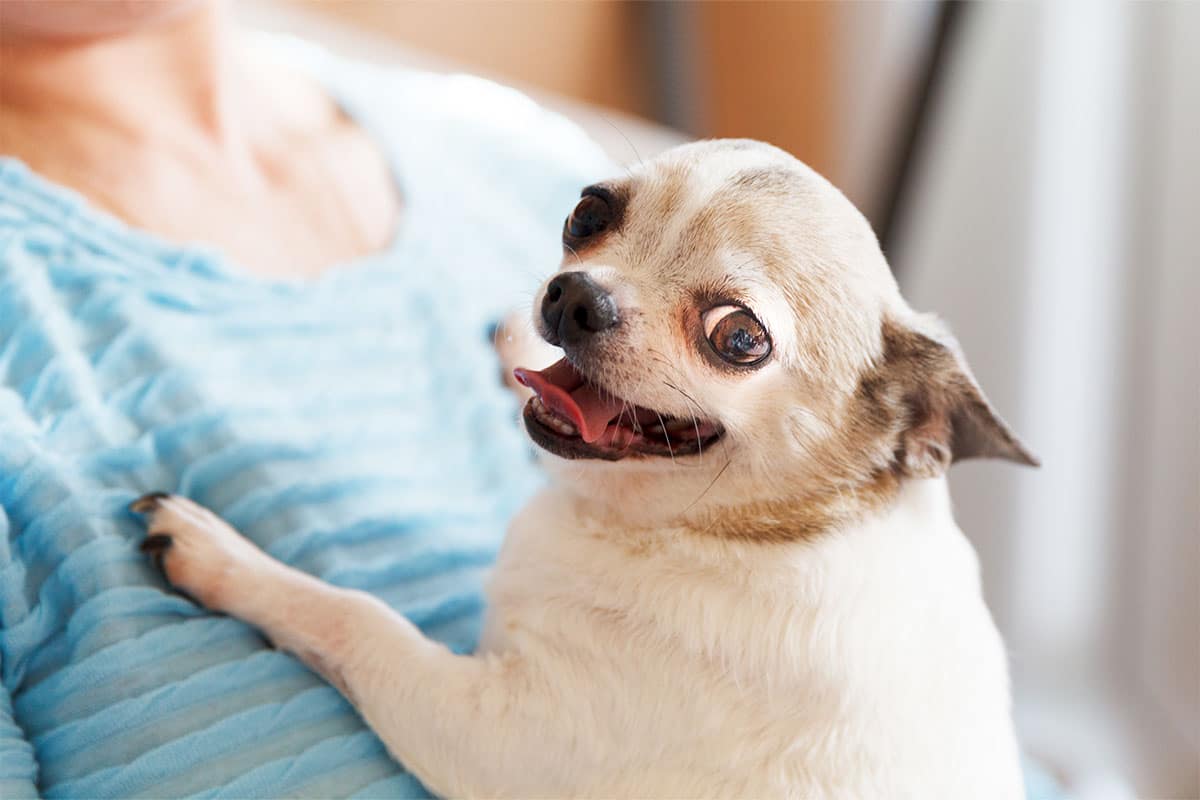
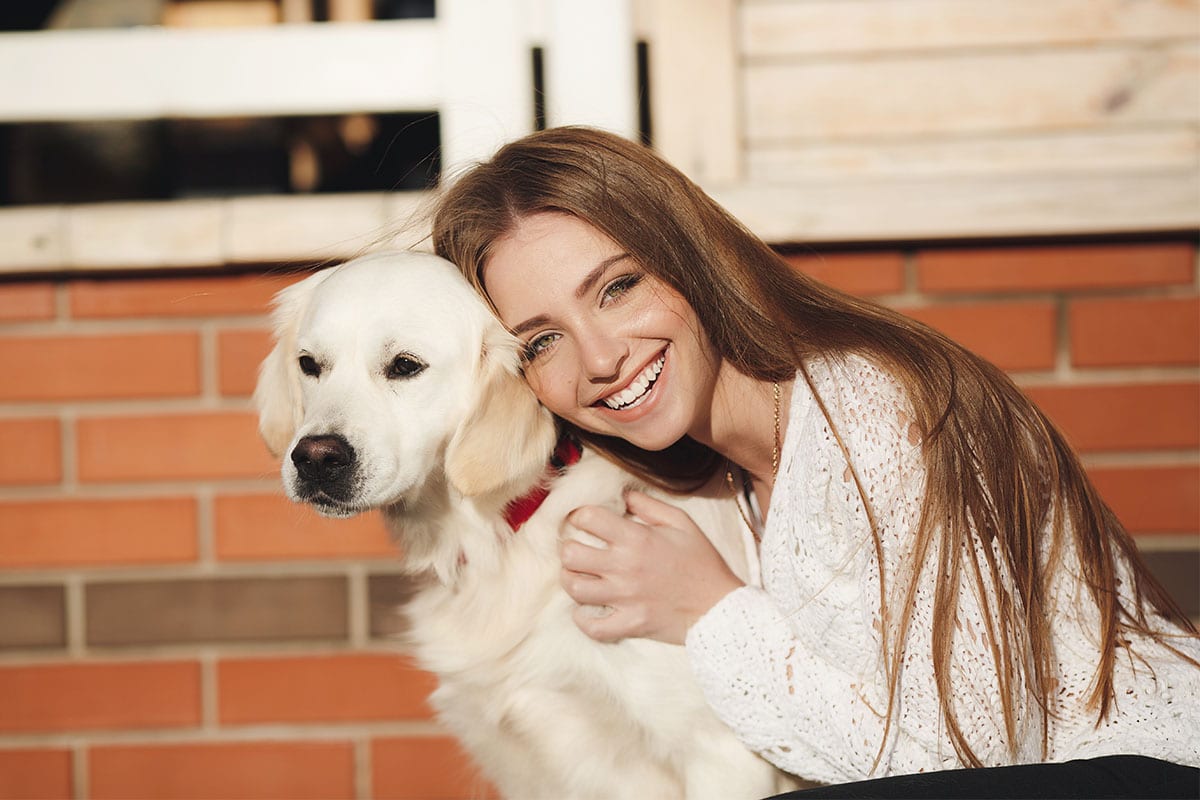
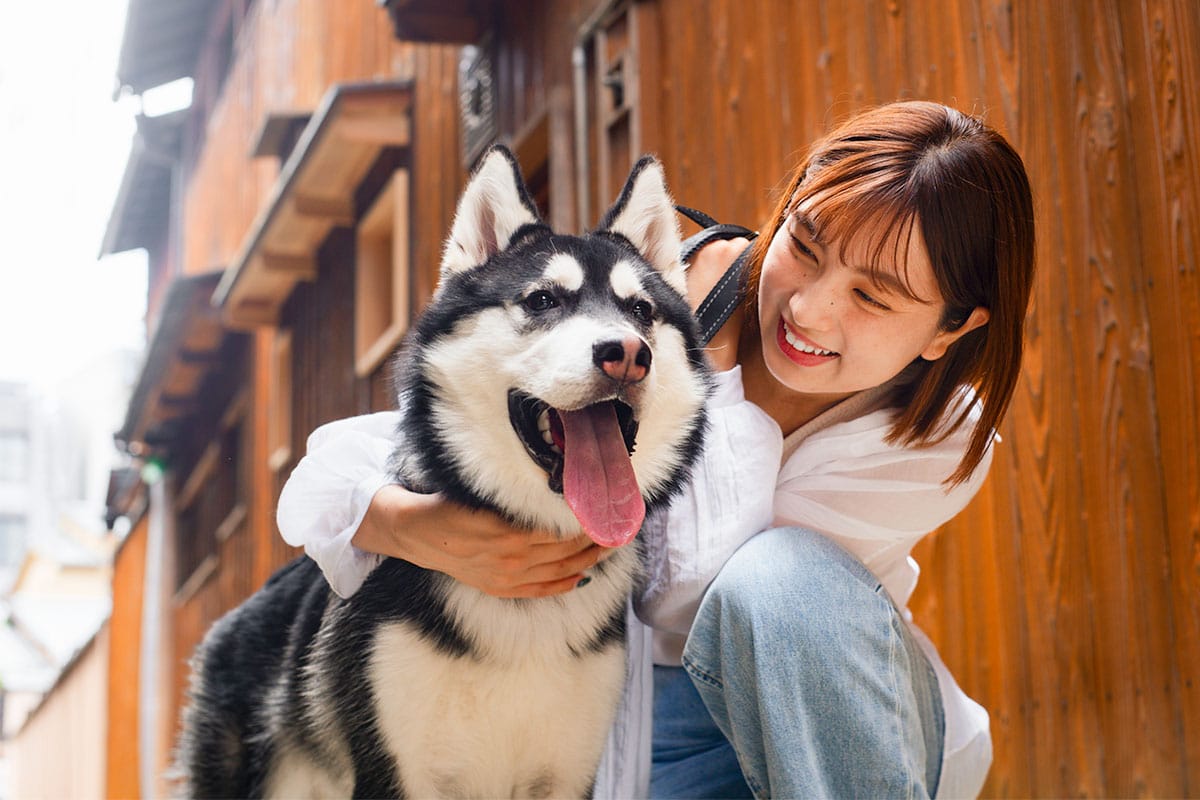
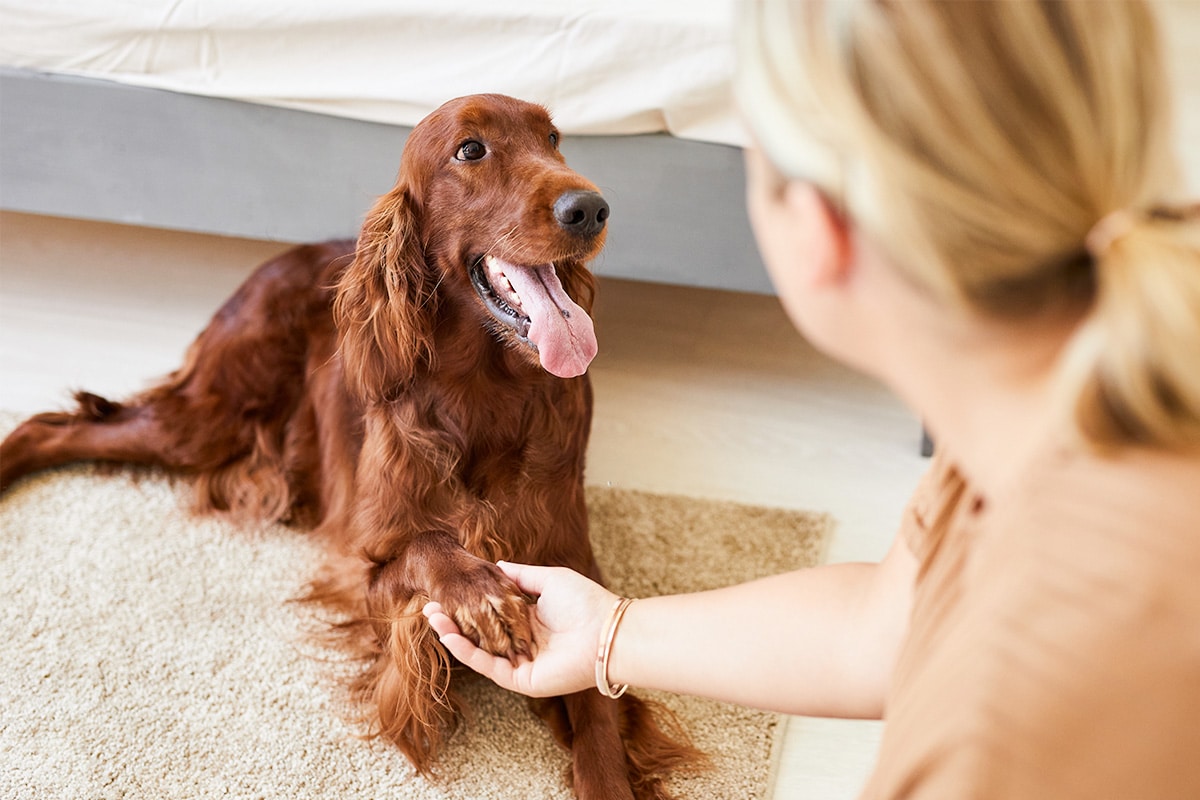
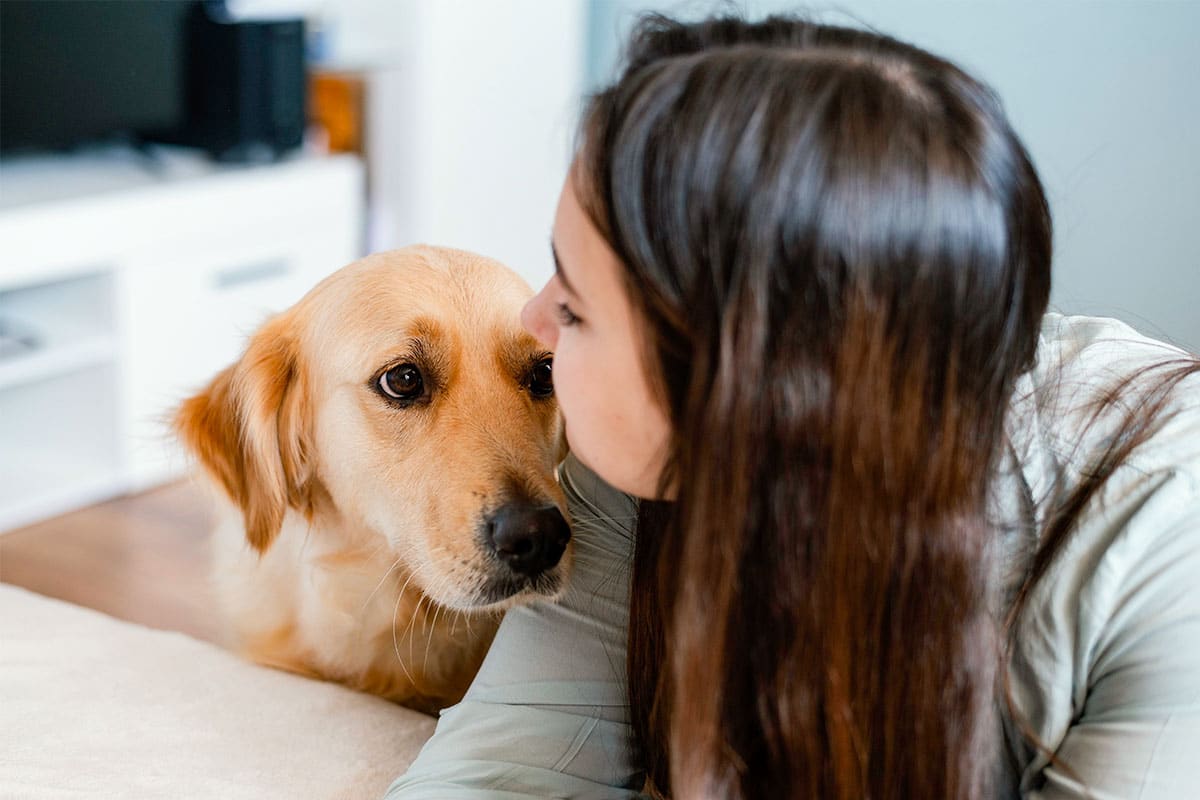





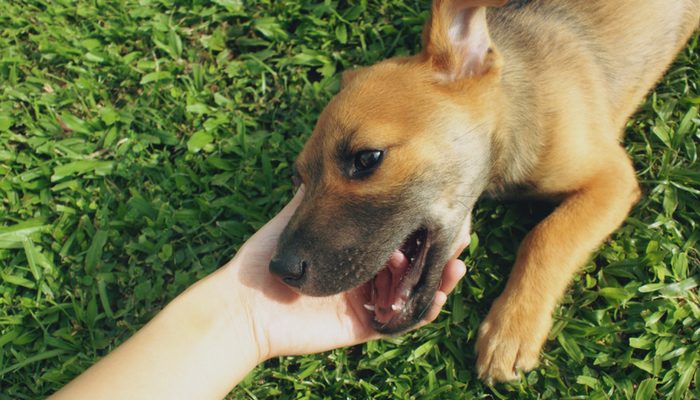




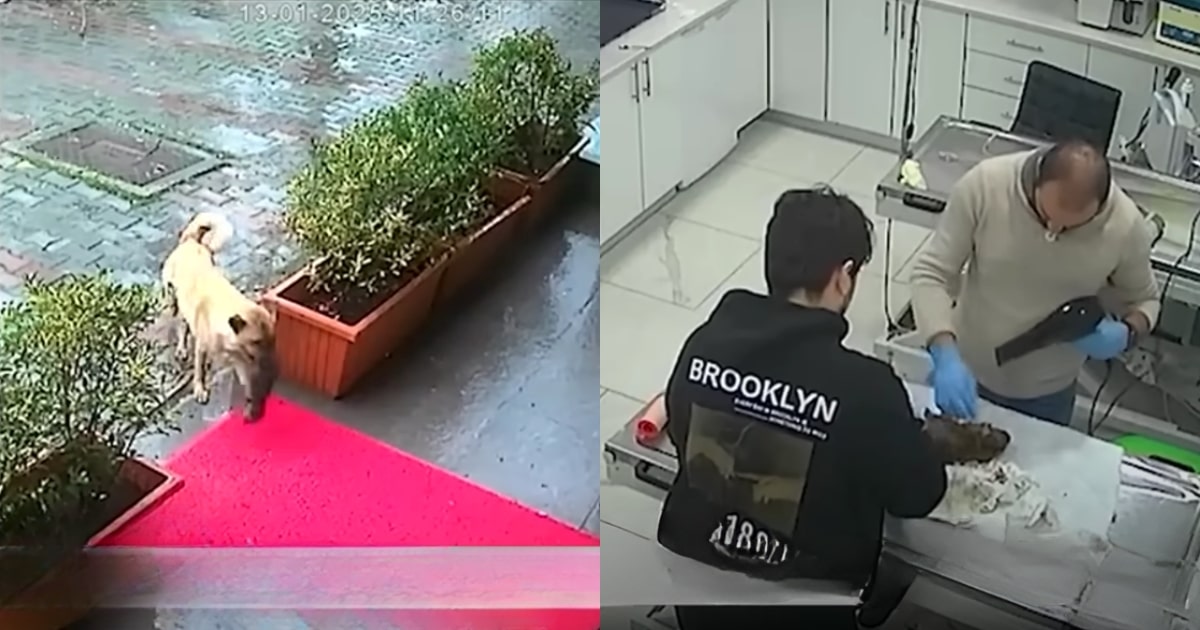
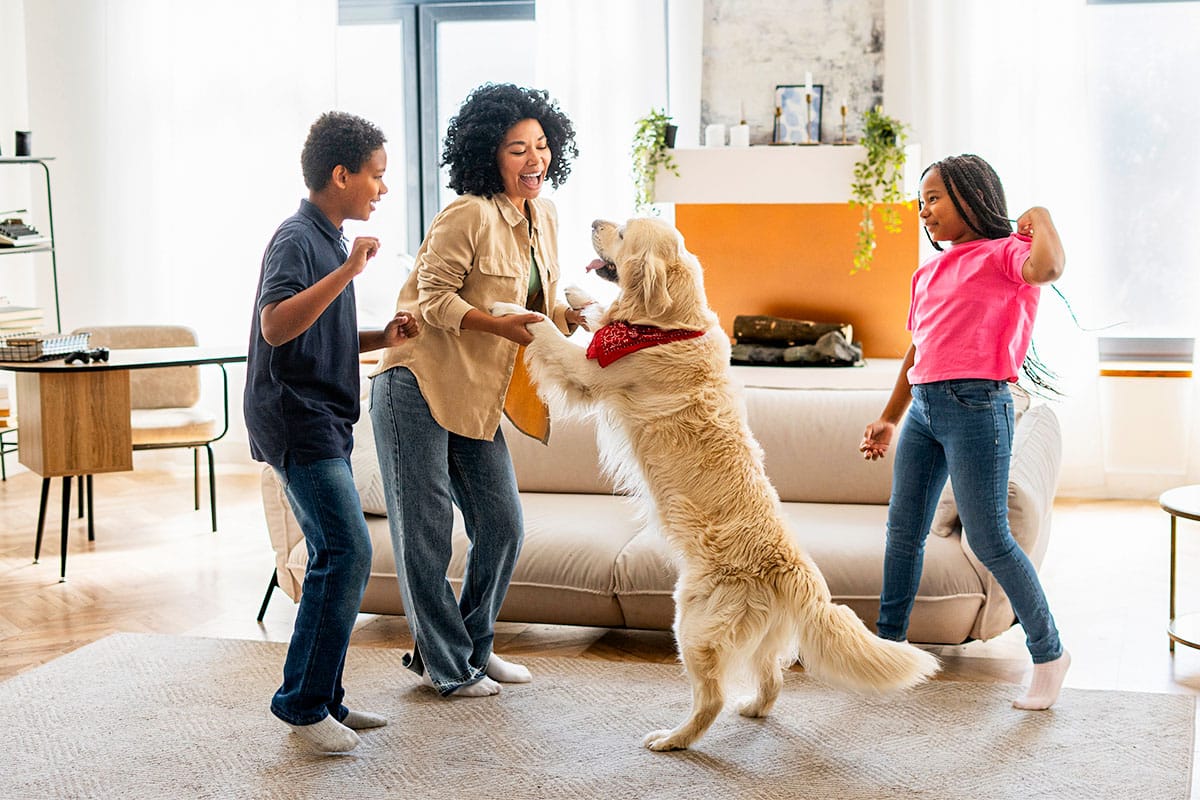

 English (US) ·
English (US) ·